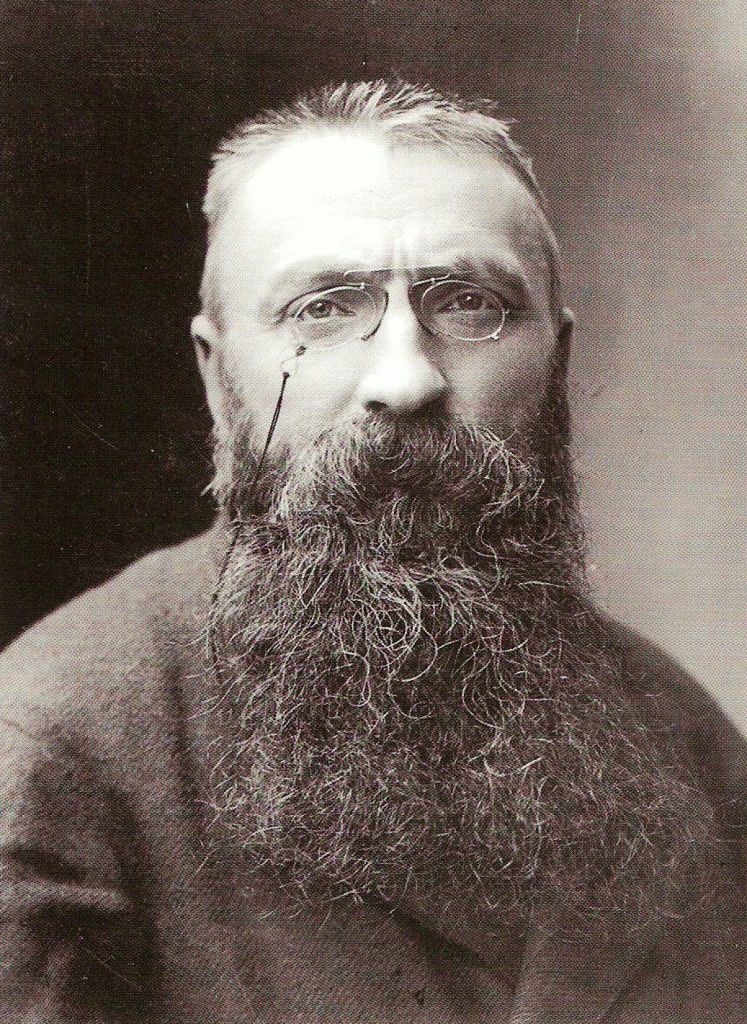Auguste Rodin frasi celebri
Origine: Citato in Cesare De Seta, Rodin, l’erotismo delle cattedrali https://rep.repubblica.it/pwa/generale/2018/01/16/news/rodin_l_erotismo_delle_cattedrali-186644738/, Rep.repubblica.it, 17 gennaio 2018.
Auguste Rodin: Frasi in inglese
RODIN, AUGUSTE. L'Art. Entretiens réunis par Paul Gsell, 1911
Origine: Rodin : the man and his art, with leaves from his notebook, 1917, p. 309
Origine: Rodin : the man and his art, with leaves from his notebook, 1917, p. 281; About the sculpture The Gates of Hell
Origine: Art, 1912, Preface, p. 8
Origine: Art, 1912, Ch. V. Drawing and Color, p. 96
Origine: Art, 1912, Ch. Mystery in Art, p. 178
Origine: Rodin : the man and his art, with leaves from his notebook, 1917, p. 7
“Nobody does good to men with .”
Attributed to Auguste Rodin in: The Nation, Vol. 109 (1919), p. 6: Rodin means without reward.
1900s-1940s
RODIN, AUGUSTE. L'Art. Entretiens réunis par Paul Gsell, 1911
RODIN, AUGUSTE. L'Art. Entretiens réunis par Paul Gsell, 1911
Origine: Art, 1912, Ch. I. Realism in Art, p. 30
“I choose a block of marble and chop off whatever I do not need.”
Attributed to Rodin in: Naum Ya. Vilenkin (1958). Stories about Sets, p. 125
1950s-1990s
RODIN, AUGUSTE. L'Art. Entretiens réunis par Paul Gsell, 1911
RODIN, AUGUSTE. L'Art. Entretiens réunis par Paul Gsell, 1911
“My principles are the laws of experience.”
Origine: Rodin : the man and his art, with leaves from his notebook, 1917, p. 103
Rodin on realism, 1910
“Patience is also a form of action.”
Attributed to Rodin in: Leonard William Doob (1990). Hesitation: Impulsivity and Reflection. p. 124
1950s-1990s
Art, 1912, Ch. Mystery in Art
RODIN, AUGUSTE. L'Art. Entretiens réunis par Paul Gsell, 1911
RODIN, AUGUSTE. L'Art. Entretiens réunis par Paul Gsell, 1911
Origine: Rodin : the man and his art, with leaves from his notebook, 1917, p. 125
Auguste Rodin in letter to Camille Claudel, as cited in: Nigel Cawthorne (1998) Sex Lives of the Great Artists. p. 68
1950s-1990s
Origine: Art, 1912, Ch. V. Drawing and Color, p. 104-105
Origine: Auguste Rodin: The Man, His Ideas, His Works, 1905, p. 61-63
Origine: Auguste Rodin: The Man, His Ideas, His Works, 1905, p. 63-64; About the genius of the Gothic sculptors.
Origine: Rodin : the man and his art, with leaves from his notebook, 1917, p. 355
RODIN, AUGUSTE. L'Art. Entretiens réunis par Paul Gsell, 1911
Origine: Art, 1912, Preface, p. 7
Origine: Art, 1912, Ch. II. To the artist, all in nature is beautiful, p. 47-48
Origine: Rodin : the man and his art, with leaves from his notebook, 1917, p. 105
